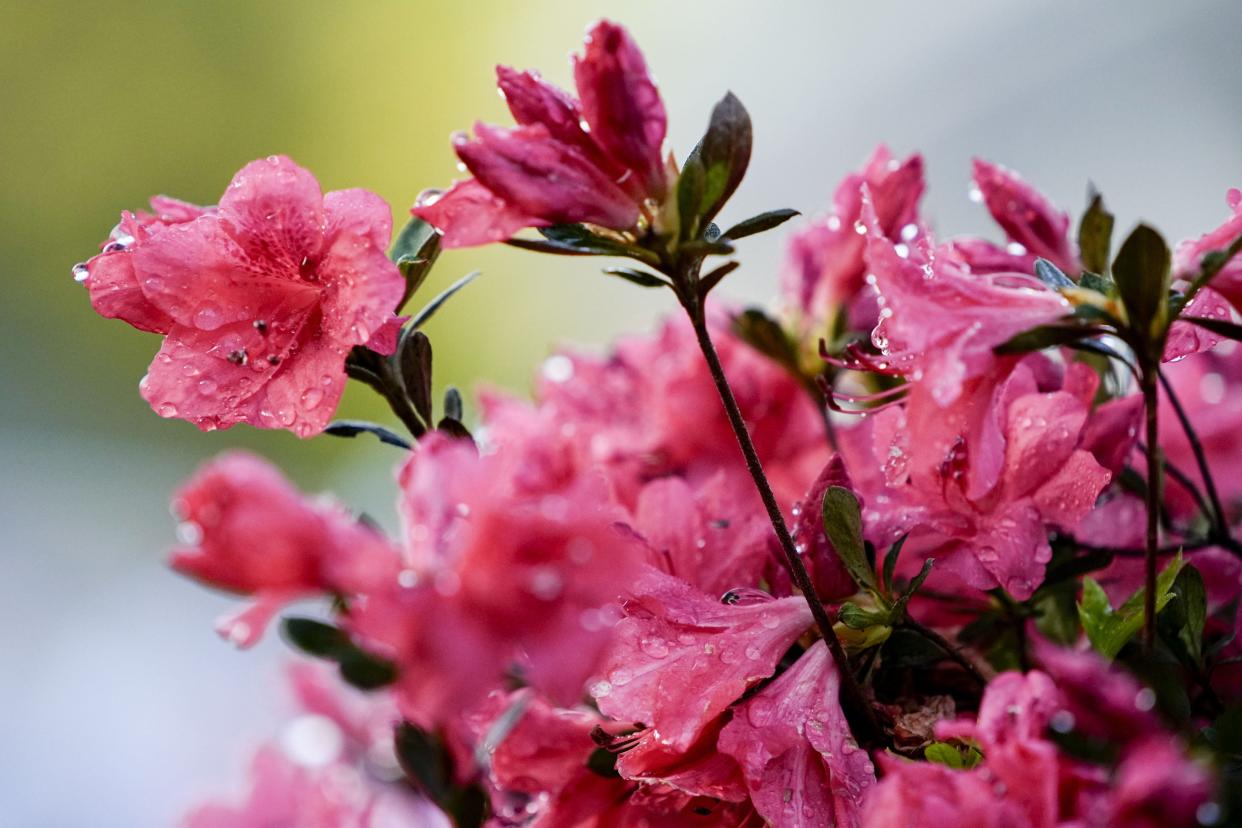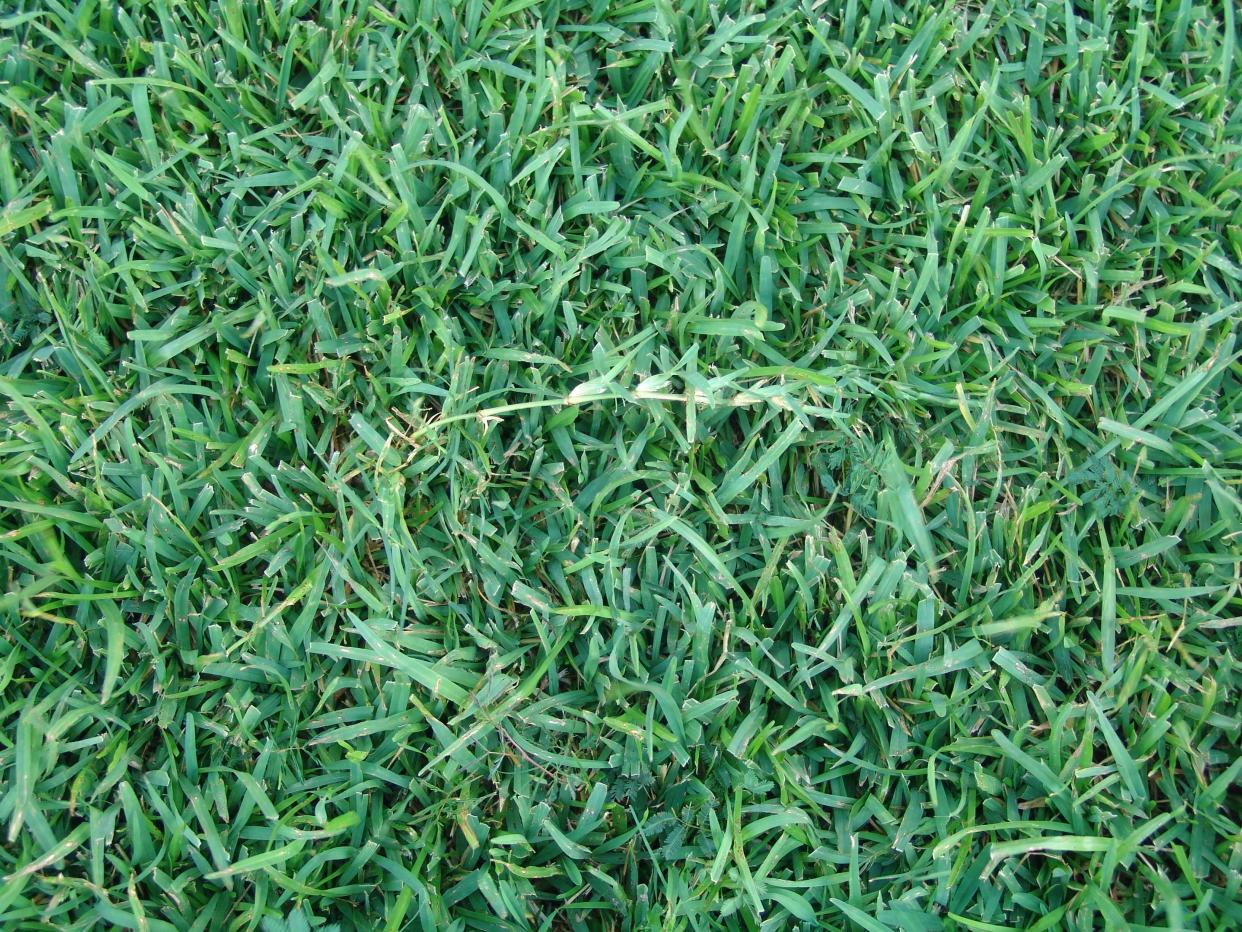Campbell Vaughn: The clock is ticking. Start your spring landscape task list now.

I have a pretty good feeling the threat of cold weather is way in the distance, so now it is time to start our spring landscape task list.
First on the list is to prune the azaleas back as soon as they are done blooming. Azaleas set their blooms by July, so you have a couple of months to prune. The sooner you trim them after they bloom the better. This earlier than later pruning also gives these spring bloomers more time to put out new and healthy growth before the heat arrives.
When pruning, avoid using electric trimmers and choose sharp loppers. The cleaner the cut, the less likely there will be a wound for insects and disease to infest.
Azaleas like good air flow, so cut some branches out deep in the shrub. If you have indica azaleas, you might need to take them back a good bit because they can get huge if you let them. You can prune them back as far as 18 inches. My rule of thumb is to prune them to two-thirds of the intended size and allow them to flush out.

A heavy deep pruning every five to seven years can really help the long term health of the plant.
When you do these deep pruning, it is a great time to dig those cherry laurels sprouts, oak seedlings, Virginia creeper and greenbriers out by the roots. Cutting these weeds off at the base is a temporary fix. Trimming the weeds helps establish root systems and allows these unwanted plants to flush. Get them now, because next year they will be much more difficult to remove. I also like adding an ornamental preemergence like Preen or Barricade to keep some of the annual weeds knocked back. Fertilize with a good general-purpose fertilizer like 13-13-13 with a slow release a couple of weeks after pruning and water in well with a sprinkler.
Camellias put on an amazing display this past winter; probably one of the best I have seen in years. Now that all the blooming has mostly ceased, selectively prune these evergreen shrubs with sharp loppers to allow more air flow.
If a bird can fly through a camellia, then it has been pruned correctly.
Campbell Vaughn: Birdwatching in Augusta doesn't seem to get any better than now
Also check the underside of the leaves for scale insects. Scale is a white and grey fuzzy sucking insect that attaches to the underside of the leaf and can do major harm if the infestation gets excessive. If the scale is present, try and treat the leaves with a horticulture oil. Make sure to cover the scale completely to smother the insect. If the infestation is very heavy or the camellia is too large to spray entirely, use a systemic insecticide with either imidacloprid or dinotefuran. The latter active ingredient is considered more effective but also expensive.
As for your turf, grasses probably need a couple more weeks of green up before we fertilize them with nitrogen. Don’t use the high nitrogen fertilizers yet. Nitrogen is the first number of the three numbers listed on a bag of fertilizer. These high nitrogen weed and feed products have been in the stores for months and I have seen some serious long term damage from using them too early.
Fertilizing turf on May 1st is a good rule of thumb and 16-4-8 is a good first dose treatment for our warm season grasses.

For Bermuda and zoysia grasses use about 10 pounds per 1,000 square feet. St. Augustine uses 6 pounds per 1,000 square feet and centipede will be about 4 pounds per 1,000 square feet. Centipede is supposed to be Granny Smith apple green. High doses of nitrogen will turn it real green but too much fertilizer can be detrimental. Make sure to water the fertilizer in well after applying. Fertilizers can burn if it sits on the leaf too long. Consider core aerating Bermuda and zoysia in late May as well. Plant roots need to breath just like we do and this is a great way to get their roots growing deep.
A quick follow up on last week’s column about Cedar Waxwings. The evening after I turned my article in to the editors, I looked out the window and the waxwings were swooping in to eat the dark blue berries off a glossy privet in my neighbor’s yard.
I am not a big fan of this plant because it is invasive, and I keep wanting to get rid of it. I recently said I had just about had it with the privet because it had numerous dark blue berries on it. It was literally sagging with giant clusters of these berries.
Those waxwings swooped in for almost a day and ate every single one of those berries. Not one left on the tree. Gluttony at its finest. Our cars in the driveway took a hit, but the berries are gone.
Enjoy this beautiful spring. I know I am.
This article originally appeared on Augusta Chronicle: Pruning, aerating, fertilizing should be on your landscape task list
